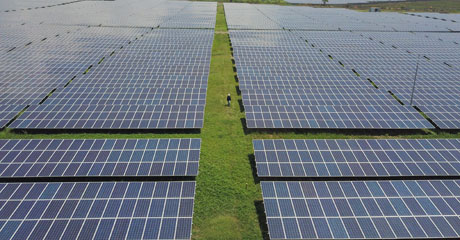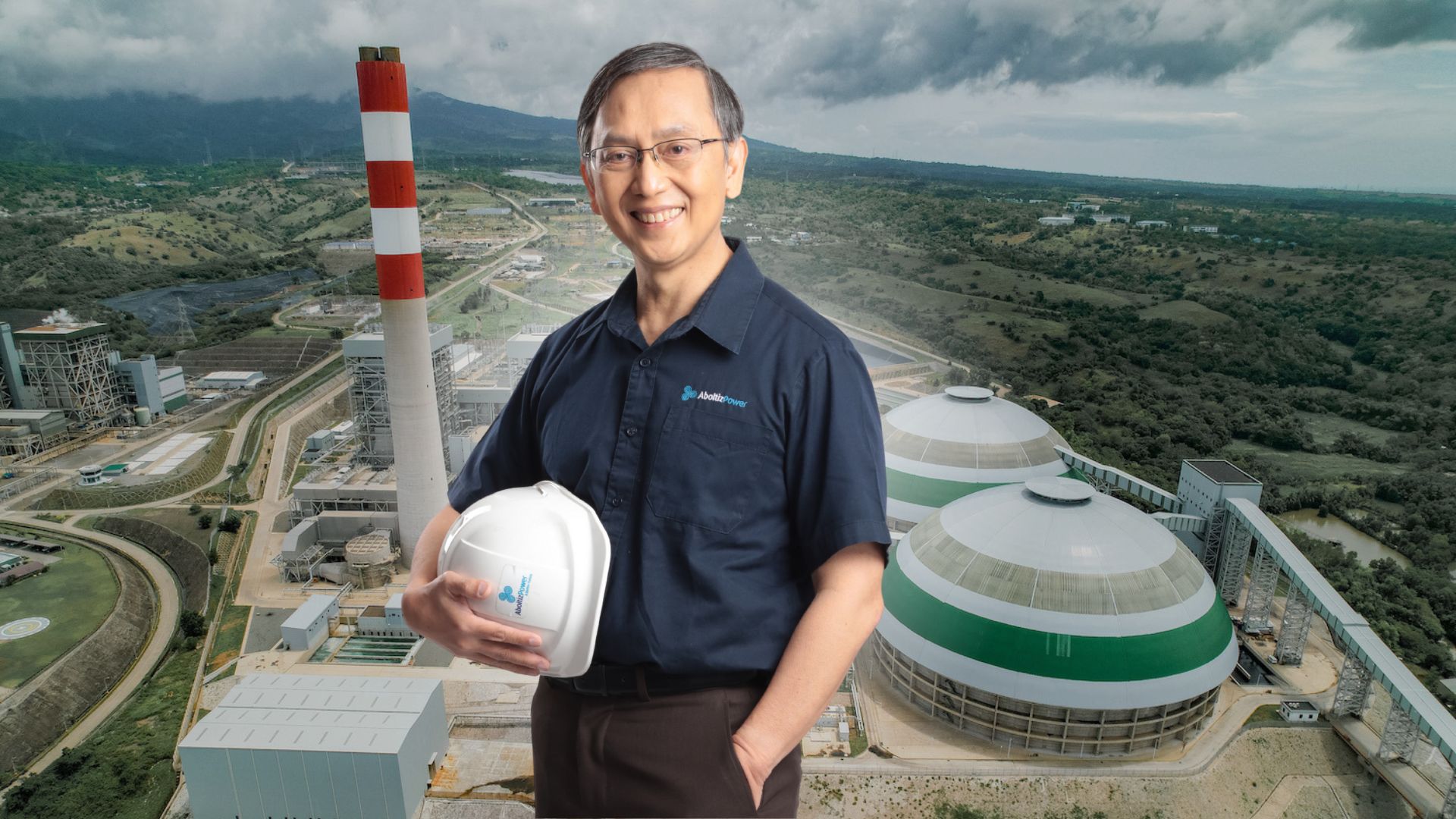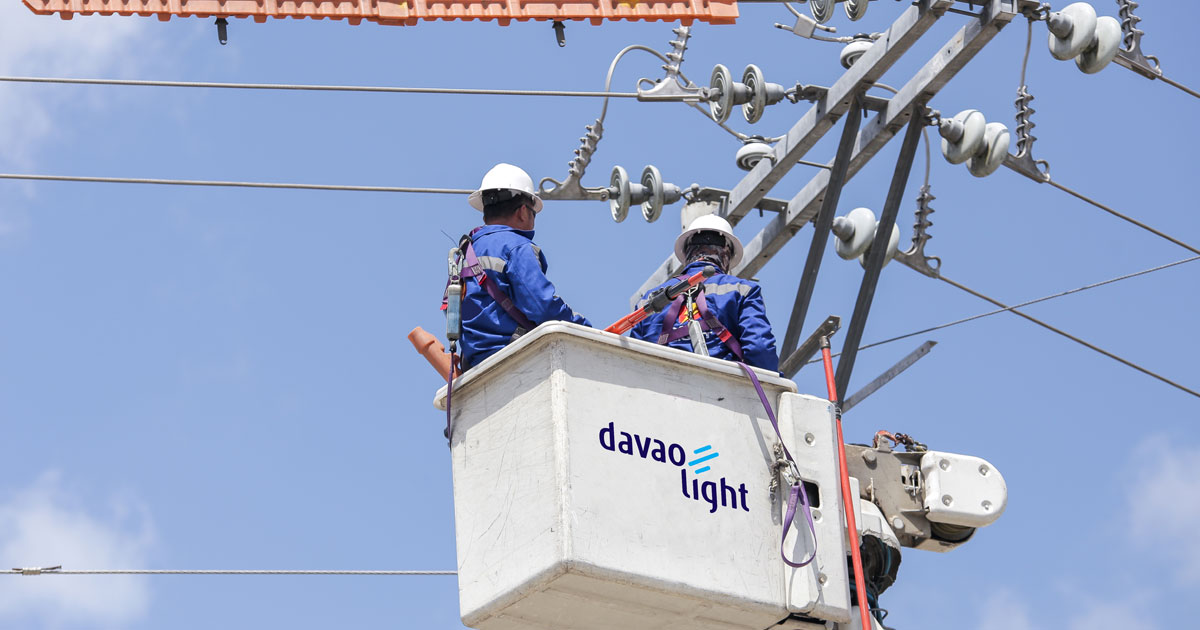Who We Are
AboitizPower is the Philippines’ leading provider of renewable energy, advancing business and communities towards A Better Future.

AboitizPower is the Philippines’ leading provider of renewable energy, advancing business and communities towards A Better Future.

AboitizPower champions sustainability initiatives and ventures that help make the world a better place not only for people living today but for generations to come.

AboitizPower upholds the highest ethical standards, safeguarding the integrity of our initiatives and developments as a business enterprise and a partner for environmental protection.

View our shareholder relations and investment reports and find out how we prioritize addressing the triple bottom line of people, planet, and profit.

Stay updated on the latest stories and developments about AboitizPower.

A Better Future and career await you at AboitizPower. Browse through our job vacancies and join our ever-growing family today!
Home Newsroom SustainabilityOPINION: On what is the “right” energy mix for the Philippines
August 09, 2023

This article by AboitizPower Thermal Power Generation Group Chief Operating Officer Felino M. Bernardo first appeared in BusinessWorld on August 7, 2023. In it, he ponders on how defining the "right" energy mix takes into account the balancing of energy security, affordability, and sustainability, as well as its respective tradeoffs and the needs of the time.
The “right” energy mix for the Philippines is the one that works efficiently.
It is an energy mix that supports the ambitions for a better and more prosperous life of more than 110 million Filipinos and millions yet to come. This entails having abundant sources of energy — both renewable and nonrenewable — that in the aggregate is able to continuously meet the country’s growing demand in a cost-effective and sustainable way.
But there will always be plenty to consider in terms of how it’s structured and its environmental, societal and financial tradeoffs. As needs change across time, and as technologies, innovations, and socioeconomic conditions progress, so will the preoccupation of defining the energy mix that is right for the country at that point in time. Today and in the near future, the challenge is trying to balance the use of traditional power plants and renewable energy (RE) facilities, along with the needed energy storage systems, as each source type has its own advantages and disadvantages.
Unlike fossil fuels, RE cannot satisfy the requirement of producing continuous electricity at scale given its inherent intermittencies. This requirement is critical as stable and reliable electricity enables activities in education, trade and industry, health, security, transportation, infrastructure, and social services. Moreover, harnessing the benefits of greater internet connectivity and digitalization are greatly diminished without a reliable energy supply. With interruptions, the country lowers its competitiveness, loses its investors, and hurts its prospects for economic growth and social development.
We also know that renewables undoubtedly emit zero carbon emissions, which is good. But the Philippines contributes less than half of one percent to global emissions — unlike those far more developed like the United States (12.7%) and the European Union (6.8%) — and bears a disproportionate brunt of the damage. The historical emissions of the developed world from decades past — which correlates with their rapid industrialization, wealth accumulation, and social progress — further eclipses the contribution of a developing Philippines to the global stock of CO2 in the atmosphere. That said, a fair and just transition balances sustainable generation without risking the country’s chances for its own growth and development via a stable and reliable electricity supply.
To that end, as the grid accepts more technologies, also consider the capability of the transmission system to accommodate the different peculiarities of each. For instance, to avoid stressing the system, when an RE facility can no longer produce when needed, another supporting capacity — in the form of energy storage, ancillary services, or a high-capacity plant — must be ready to assume its place. Liquified natural gas-to-power, in particular, complements the intermittency of renewables, given how its generation can be quickly ramped up or down to bear baseload, mid merit or peaking purposes to ensure continuous electricity.
However, while that is a possibility, the Philippines will still have to continue to rely on its conventional coal-fired baseload plants in the near- to mid-term to help ensure energy security and affordability. The country aims to bring the percentage mix of renewables and nonrenewables to 50:50 by 2040, which acknowledges how the latter still has an important role in the Philippine energy system. After all, RE and accompanying energy storage have yet to advance its technical viability, cost-effectivity, and scalability for baseload purposes.
Energy Secretary Raphael Lotilla was correct when he said that “the energy transition has to take place over time if it is going to be a just transition”, and how the immediate decommissioning of coal-fired power plants before society has maximized their operational lifetimes “are going to be lost investments as far as the economy is concerned.”
The Philippines’ gross domestic product per capita is $3,498.50 as of 2022, according to the World Bank. This is about one-fourth the global average of $12,647.50 and is far below the figures of developed countries like the United States ($76,398.60), Australia ($64,491.40), and Canada ($54,966.50). If the Philippines intends to improve to upper middle-income status, it cannot afford lost investments in energy and, by extension, lost investments and many other opportunity losses in various aspects of the economy that will require stable and reliable electricity. According to the Philippine Independent Power Producers Association Inc., a five-hour power outage — equivalent to about 500 megawatts — is P556 million in economic losses.
While the Philippines’ reliance on imported fossil fuels does beget exposure to the supply and pricing fluctuations of the international market, remember that the maintenance of a system that accepts more intermittency in the form of RE and (not having mentioned it yet) requires the use of more land is also costly. That is why there isn’t a single source of energy that will be most suitable for the country. It will need all forms of energy to sustain its growth, carefully calibrated in consideration of all the pros and cons.

In line with its commitment to promoting a culture of safety across the organization and among its partners, the AboitizPower Coal Business Unit (BU) ...

Aboitiz Power Corporation (AboitizPower) has been recognized as a constituent company in the FTSE4Good Index Series for the fourth consecutive year an...

AboitizPower confirmed its place as one of Philippines’ leading graduate employers when the Top 100 Graduate Employers were announced last May 1...

As one of the Philippines’ largest power producers, we help fill the nation’s growing energy needs by providing secure and affordable access to sustainable power across the country.
Learn more about our businesses
AboitizPower champions sustainability initiatives and ventures that help make the world a better place not only for people living today but for generations to come.
View our sustainability initiatives
View our shareholder relations and investment reports and find out how we prioritize addressing the triple bottom line of people, planet, and profit.
Visit our investor relationsWe use cookies to personalize content and ads, which enables us to analyze our traffic.
If you continue
to use this website, you consent to the use of our cookies.
Find out more here.